Across industries, the use of drones is on the rise. This is because a drone can provide a new perspective, helping companies and individuals see things from new angles.
In construction, this means creating 3D models of buildings under construction. In public safety, it entails searching for missing people using thermal imaging. And in real estate, drone pilots and photographers are creating immersive content that will show off properties in ways that would have been impossible before.
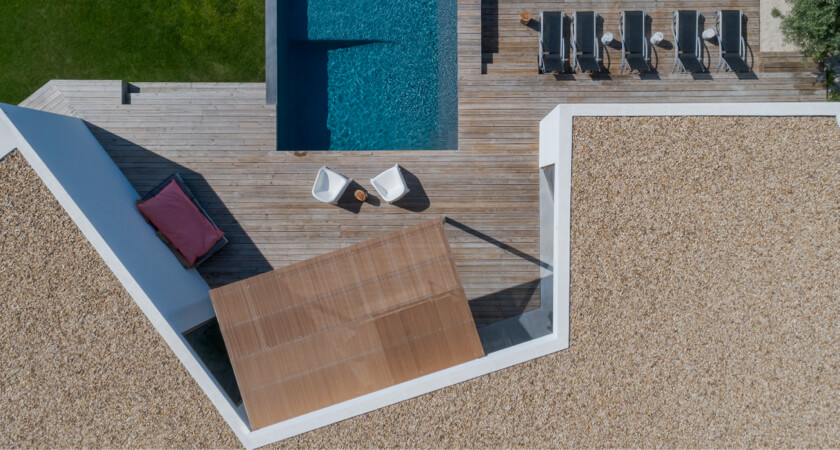
Real estate drone photography can give a real estate listing an edge over the descriptions of similar properties, with photos and videos displaying homes from a wide variety of angles and sparking potential buyers' imaginations.
Drone photography is catching on, and real estate agents know it. In the 2021 edition of the National Association of Realtors® Technology Survey, respondents named drones the No. 1 technology tool likely to impact the real estate space in the following 24 months, with 37% expecting drones to have a major impact on their work.
Real estate drone photography is an especially exciting field to become involved with for freelancers who are considering becoming drone pilots. This branch of photography and videography can provide a steady stream of contract work, as real estate agents seeking drone photos of the properties they're selling will need a specialist to capture those views.
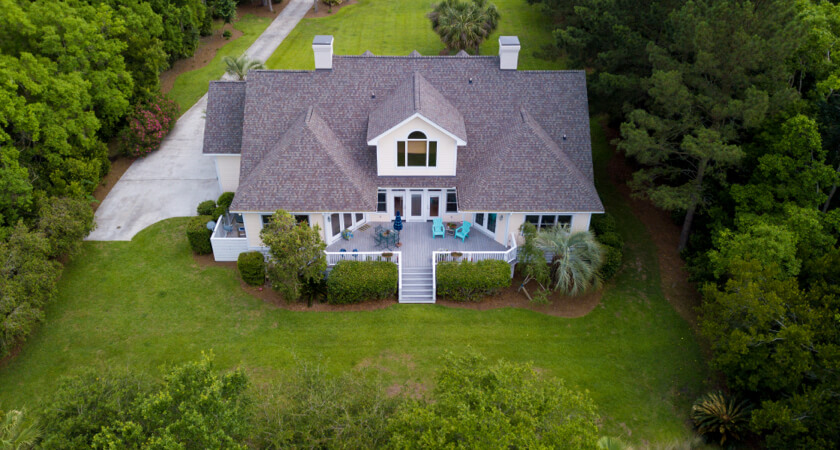
What's the concept behind real estate drone photography?
Drone photography is a powerful type of content creation for both commercial and residential real estate agents because it gives them an accessible and affordable way to capture new views of properties. Before the commercial availability of drones, capturing aerial photographs of a property meant paying for an expensive helicopter or plane fly-by. Now, a freelancer with a drone can gather the needed photos quickly and safely.
A real estate agent's goal when creating a listing is to demonstrate the property's unique appeal through a combination of text, photo, and video content. No matter how incredible a home or commercial building looks in person, potential buyers may never investigate further if the listing is stocked with unclear or unappealing photos.
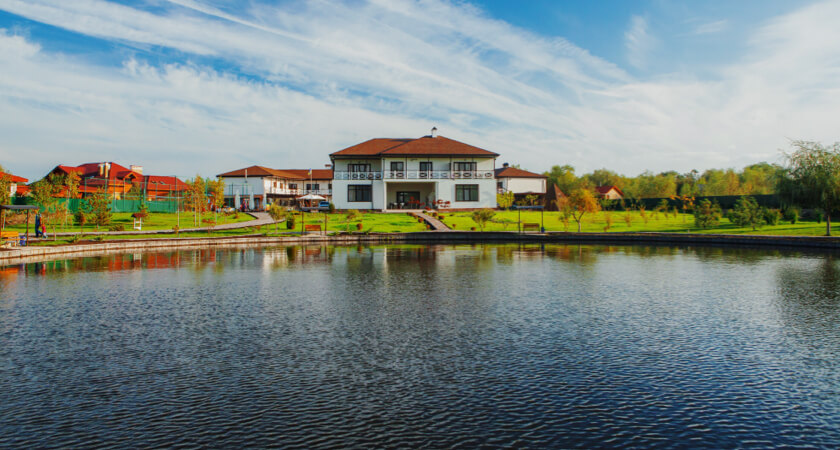
Drone photography in real estate isn't strictly about still photos or exterior shots, either. With a compact, lightweight drone, an operator can capture complete walkthrough video footage of a property's interior. A virtual tour video filmed on a drone can show off every part of a home or other structure. Even a large commercial building is easy to film with a fast-moving photography drone.
This video footage is especially helpful when potential buyers want to learn more about a property before they visit. During COVID-19 travel restrictions, this remote viewing capability was indispensable, and it's universally useful for individuals in the early stages of a property search or those who are considering whether to buy a property far from their present location. Drone video can make buyers feel like they're really at a property, even when they're on the other side of the world.
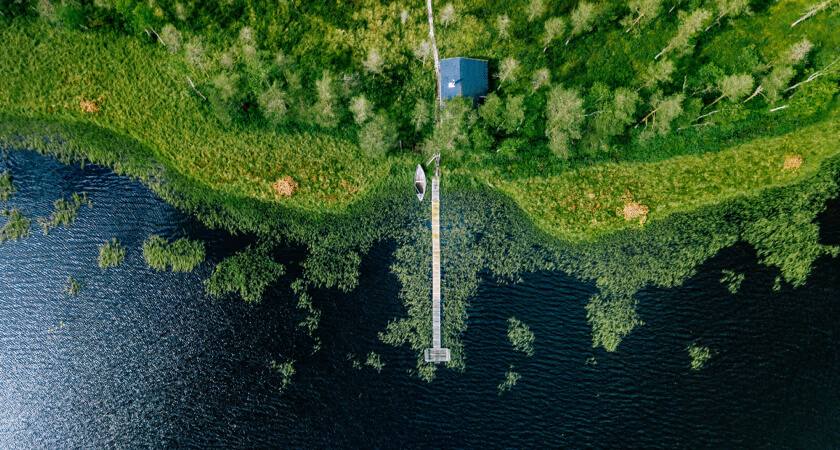
How are real estate agents using drone photography?
Today's photo drones are equipped with a variety of tools that increase their potential for real estate aerial photography. This encompasses 4K video cameras and high-resolution still cameras, as well as stabilization and collision detection features that enable smooth flight performance when capturing video or pictures.
- Exterior aerial photography: An aerial photo can do more than capture a house from an interesting angle. As Sally French notes on her website The Drone Girl, photographers can also make sure their pictures include nearby amenities such as beaches or pools. A drone photo can put a house in context — how much land does it sit on? How close is it to roads or the rest of its neighborhood? Pilot Institute's Billy Kyle noted that for these photos to look their best, the property should be deserted, with no people in the yard or cars in the driveway, and with trash cans and pool cleaners stowed out of sight. Real estate agents who once found aerial photography inaccessible due to the cost of hiring an airplane or helicopter can now invest in drone photography, getting great results for a reasonable price.
- Room-by-room tours and internal video: A drone with a high-definition video camera can make potential buyers feel like they've been inside a property when they're simply browsing through listings. A room-by-room video tour can give detail that a series of standard photographs can't because it demonstrates how each room is connected and how visitors move through the property. No matter how large or small a property is, a drone video can capture the nature of the space — and a drone can even fly through a building undergoing renovation which is closed to foot traffic.
- 3D modeling and advanced data capture: Drones are often used to create detailed 3D models in the construction industry. They accomplish this feat by using advanced techniques such as photogrammetry or cutting-edge light detection and ranging (LiDAR). UAV Coach explained that 3D maps could become part of a real estate listing — potential buyers can become familiar with the property's layout and dimensions before moving in. While this level of detail may not be important for selling a small residential property, it could prove to be a selling point for a large commercial lot.
Applying these photo and video types to real estate listings that cover the spectrum from compact apartments to sprawling plots of land for commercial development is a way to elevate a real estate agent's craft. With the aid of drones, real estate companies can use pictures in ways that would have been impossible only a few years ago.
Of course, to unlock these new capabilities, real estate agents need to work with licensed drone pilots who are equipped with the latest and greatest in drone technology. While they could conceivably apply for drone pilot licenses themselves, agents can also find value in partnerships with freelance drone operators.
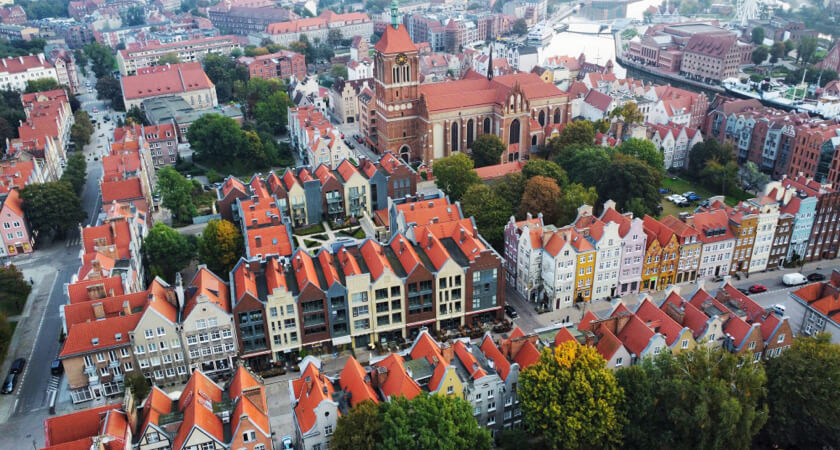
Real estate drone photography best practices
How do real estate agents ensure their forays into aerial photography and drone video are successful? While drones and professional photography are a strong natural match, there are a few items to check off when first embracing drone use to ensure everything proceeds smoothly:
- Find a pilot with the right drone hardware: Modern photography drones are capable of capturing high-quality photo and video content — real estate agents should make sure their chosen drone pilots are equipped with these advanced UAVs. Indeed listings for real estate drone photography jobs show the types of standards companies are looking for (RAW photos and video up to 4K resolution and 60fps).
- Always use a licensed pilot: As with any kind of commercial drone operation, drone pilots have to be licensed under the Federal Aviation Administration's regulations. The primary certification test is called Part 107, which requires specific flying knowledge. The need for licensed pilots creates a potential market for freelancers to get started in drone photography.
- Follow applicable airspace rules: Simply being licensed isn't always enough to receive flight approval for selected airspace. As The Drone Girl's Sally French added, there are restrictions around some kinds of airspace, such as the areas around airports. Furthermore, drone operators always have to be able to see their drones, and aren't allowed to work from moving vehicles or other aircraft. There are FAA waivers that allow pilots to receive exceptions to some of these rules.
The crux of good drone photography in real estate is the combination of high-quality technology with personnel who have taken the time to become skilled with their equipment and certified by the FAA. Considering the legally binding nature of FAA rules, there's really no way to cut corners in drone photography.
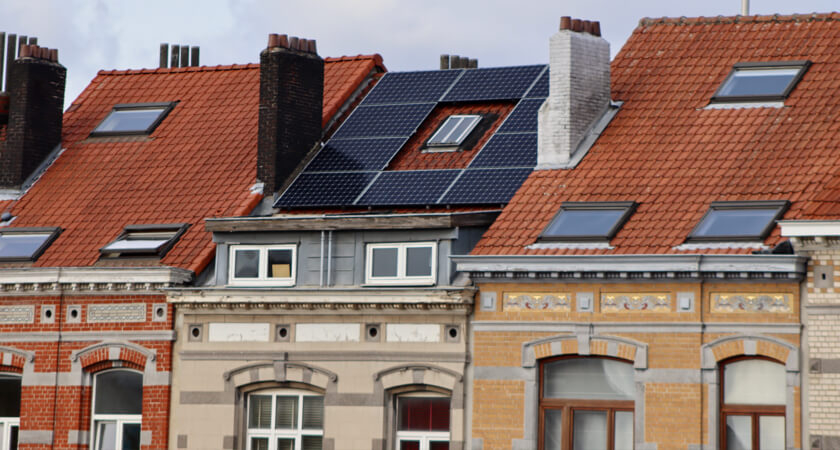
Getting started as a drone pilot for photography services
Becoming a commercial drone pilot is a way to take on new work for a variety of clients in numerous locations. Exciting freelance opportunities may become available for drone pilots who take the time to become licensed and acquire their own commercial drones.
If you're interested in pursuing this career path, real estate drone photography may be a valuable source of work, for a variety of reasons. First, countless residential and commercial properties go on the market every day, so there is never a shortage of professional opportunities. Second, photo and video capture are possible with relatively simple, entry-level commercial drones, allowing you to get started without making a corporate-scale investment.
What does the path to commercial photography drone pilot look like? It involves the following steps:
- Receive the appropriate commercial license for your region — in the U.S., this means registering with the FAA to receive a Remote Pilot Certificate.
- Register your drone for commercial use. Note that there may be extra restrictions around drone use, such as the FAA's maximum weight limit of 55 pounds.
- Sharpen your skills with additional training provided by sources such as drone manufacturers.
- Ensure your drone's camera loadout is capable of taking on commercial photography assignments.
- Get started applying for real estate photography assignments and build a portfolio that will help you find additional work.
One thing to keep in mind about professional drone pilot jobs is that once you have a drone and a pilot license, you can branch out to find work in multiple specialties. For instance, the same UAV used for real estate photography can perform drone roof inspection work.
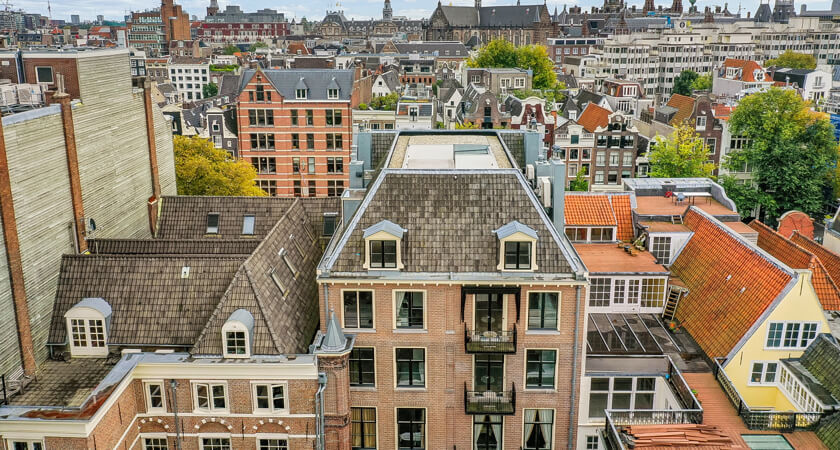
The best drone loadouts for real estate photography
Real estate photography doesn't call for large or overly complicated drones. The DJI Mavic series of commercial drones can be perfectly suited to your requirements.
- DJI Mini 3 Pro: This drone's affordable price and intelligent piloting features provide a low barrier of entry for commercial pilots, and its weight of under 249 grams means it can be carried anywhere.
- DJI Mavic 3: Updated features such as extended-life batteries, APAS obstacle sensing, and a camera capable of taking high-resolution photos make this an ideal drone for real estate photography.
Ready to learn more about DJI drones, the real estate drone photography industry, or commercial drone piloting in general? Contact us now.


.png?width=300&name=L3kv%20(1).png)

.png?width=300&name=FH2%20update%20(1).png)
-1.png?width=300&name=HS%20-%20Featured%20Images%20(3)-1.png)